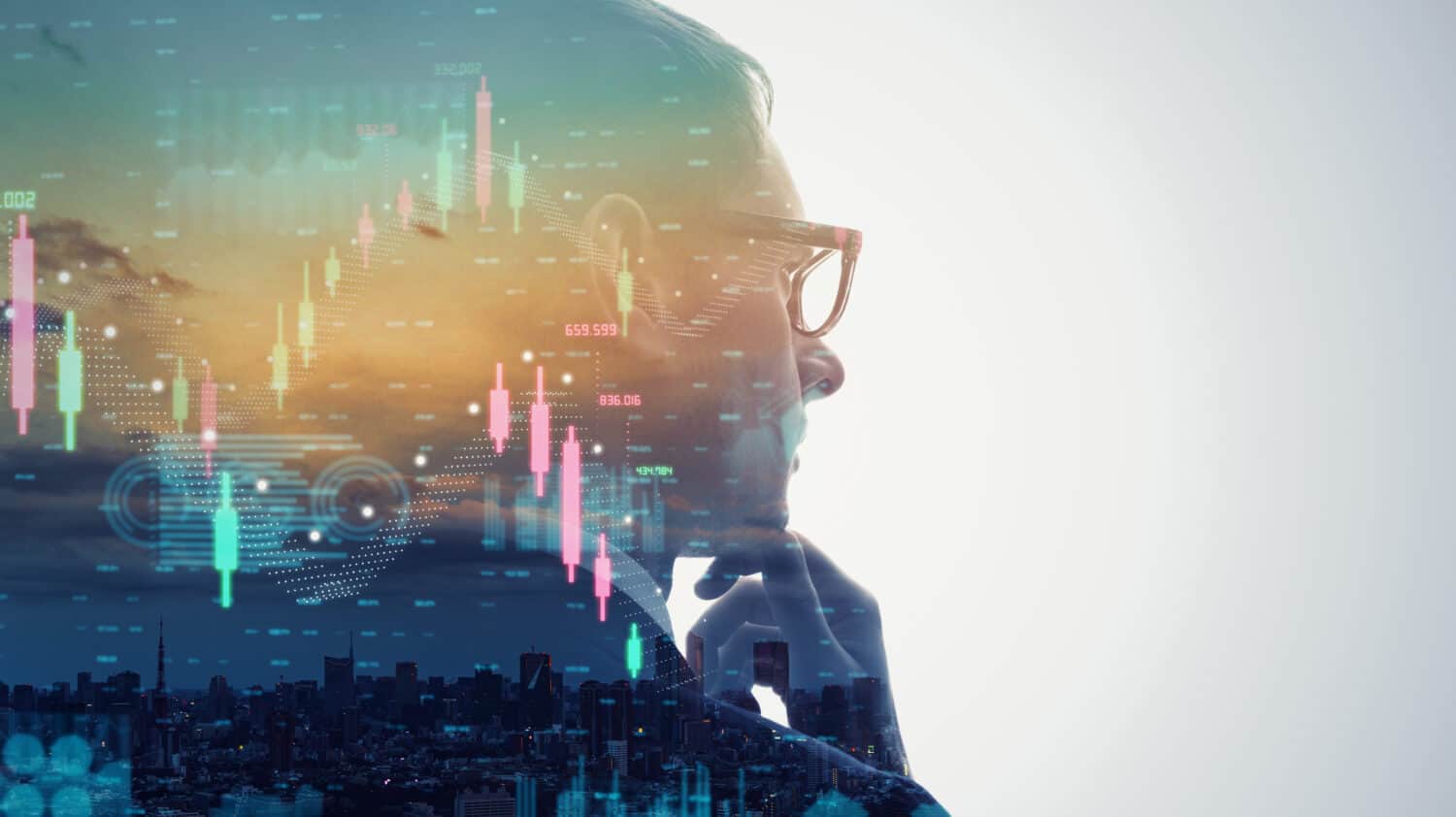
24/7 Wall Street Insights
- Rideshare apps like Uber and Lyft have revolutionized the taxi business.
- Singapore’s Grab Holdings Limited (NASDAQ: GRAB) has not only established itself as the premier rideshare app in Southeast Asia, but has expanded into other areas as well, with the help of AI.
- Grab Holdings’ undervalued market price has caught the attention of analysts and institutional investors alike, a reason why this is a 24/7 Wall Street Best Stock Under $10 selection.
- For investors seeking dividends, click here for a free report on two high dividend stocks.
Crazy Rich Asians was the surprise rom-com movie hit of 2018. Starring future Oscar winning actress Michelle Yeoh, the film also served as a Western introduction to Singapore, which is the primary financial hub of Southeast Asia. Throughout its history, Singapore has reflected the spirit of entrepreneurism that formerly reigned in Hong Kong, until its handover back to China in 1997. Grab Holdings Limited is one such example, and it could very well become as synonymous with Singapore in the West as Crazy Rich Asians in the near future. It has stealthily built itself a $14 billion market cap and has taken the rideshare app into fintech deals and AI applications that Uber and Lyft could only dream about. Major institutions already have invested in it, and US analysts who cover it all concur that the company is still significantly undervalued.
From Uber Copycat to Innovative Entrepreneur

Uber (NYSE: UBER) and Lyft (NASDAQ: LYFT), along with Curb, Via, Wingz and others, have revolutionized the taxi and limousine industry over the past 15 years. The proliferation of smartphone apps led to the novel idea of using apps to hail car services, as opposed to standing in the rain and waiting for a yellow cab to spot a rider.
In 2012, Malaysian-Chinese Harvard Business School grads Anthony Tan and Tan Hooi Ling collaborated to create the “My Teksi” app. Based initially on a similar rideshare app model to Uber, they launched the company with a $25,000 Harvard grant along with Tan family seed capital. Within a year, My Teksi, renamed as GrabTaxi, expanded from Malaysia to Singapore, Thailand and the Philippines. Indonesia and Vietnam would soon adopt GrabTaxi in 2014.
Seeing other niche opportunities, the Tans would spin-off GrabBike, a motorcycle ride service, GrabTaxi+, and GrabExpress courier services..
In 2016, rebranding itself again simply as “Grab”, the company had retooled and revamped its app to include GrabChat messaging with innovative translation features. This proved especially popular with tourists and business travelers requiring safe transportation in countries where local PacRim drivers might not know English or Mandarin Chinese. It also initiated GrabShare, which allowed for ridesharing, and GrabCoach, for larger passenger vehicles. GrabFamily launched in 2017, to address child safety seat laws in several countries.
Food Deliveries

- By 2018, Uber essentially conceded Southeast Asia to Grab and the two merged operations in the region under Grab’s auspices. This included Grab gaining control of UberEats, which was folded into Grab’s food delivery services to become GrabFood.
- 2019 saw Grab taking a more active hand with GrabKitchen in Indonesia and Thailand. Its popularity would quickly expand to 50 GrabKitchens and add Myanmar to the Grab presence in PacRim.
- A JV deal with Marriott International would add coverage of 600 restaurants and bars to GrabFood.
FinTech

- Acquiring Indonesian payment app Kudo, Grab would soon modify it to become GrabPay.
- Exploring further into the financial realm and fintech, a strategic Grab investment into Indonesian banking titan Lippo Group’s Ovo digital payment platform would add clout to its newly launched Grab Financial.
- A subsequent deal later that year with MasterCard would result in Grab launching the first numberless payment card in Asia.
- In 2020, the Singaporean government granted Grab a digital banking license, along with Ant Group and Singtel.
Other Ride Services

- In 2018, Grab also started an eScooter rental service called GrabWheels.
- Recognizing that Singaporeans are more prone to spend on their pets than Malaysians, Filipinos, and Indoneisans, 2019 also saw the Singapore premier of GrabPet, featuring drivers specially trained in the handling of pet transportation in their vehicles.
Community

Recognizing the need to help its customer base communities in each country, Grab initiated a series of joint ventures to give back to these communities with essential services:
- A JV with Microsoft commenced in 2019 to address illiteracy in Southeast Asia via a digital education platform.
- 2020 saw the launch of GrabCare in Singapore, a 24-hour service for healthcare workers to transport them during the pandemic to and from the National Center for Infectious Diseases and Tan Tock Seng Hospital.
Why Grab Is A Stock With Lots Of Upside Potential

Grab has seen explosive growth in a relatively short time. During the 12 years since its $25,000 Harvard grant startup phase, it has grown to a $14 billion market cap. Institutional investment in early rounds prior to it going public include several financial goliaths and account for 54.6% of share ownership. The list includes:
- Microsoft
- Mitsubishi (MUFG)
- Toyota
- Softbank
- Hanwha Group
- BlackRock
- Morgan Stanley
- Capital Research Global Investors
- Invesco
- Bank of America
Financially, Grab finally broke even in Q2 2023 and has been profitable ever since, with Q4 revenue growth of 30% and 2024 guidance of $2.7 billion in sales, a 14% increase over 2023. Analysts such as Mizuho, Barclays, J.P.Morgan, and Bernstein are bullish on Grab for several reasons:
- The Southeast Asian Total Addressable Market (TAM) has only small penetration thus far, with Grab firmly in the lead.
- Grab trades at a roughly 20-25% discount to its peers, due to:
- a) Market unease over Grab’s 3.9 billion outstanding shares with 72% of the float under institutional control (see how this is addressed below).
- b) Additionally, the company has invested $250 million in AI. These fears should be ameliorated going forward now that the company has been consistently profitable for several consecutive quarters.
- Mizuho forecasts Grab will generate approximately 80% compound annual growth rate (CAGR) in EBITDA over the next three years.
- Grab holds more cash than debt on its balance sheet, indicating a strong liquidity position. Its liquid assets exceed its short-term obligations, demonstrating the company’s ability to cover any immediate liabilities.
- With AI now in the spotlight as the current popular trend, Grab has a leg up on AI applications to enhance content creation, upgrade its language translation features, improve GPS mapping, and a host of other functions, in addition to cutting costs.
- Thanks to its record-setting Q4 financial report, Grab recently announced that it had authorized a $500 million stock buyback program to address the concerns over the large number of outstanding float shares.
CEO Anthony Tan and COO Tan Hooi Ling have done an amazing job in a relatively short space of time with Grab. While its economic performance and rapid growth has shown strong management acumen, their forward thinking policy with an unflinching bent towards innovation and vertical integration of additional services is probably its strongest asset. Thinking outside the box may be the key to Grab attaining the same level of US name recognition as Temu in the not too distant future.
Travel Cards Are Getting Too Good To Ignore (sponsored)
Credit card companies are pulling out all the stops, with the issuers are offering insane travel rewards and perks.
We’re talking huge sign-up bonuses, points on every purchase, and benefits like lounge access, travel credits, and free hotel nights. For travelers, these rewards can add up to thousands of dollars in flights, upgrades, and luxury experiences every year.
It’s like getting paid to travel — and it’s available to qualified borrowers who know where to look.
We’ve rounded up some of the best travel credit cards on the market. Click here to see the list. Don’t miss these offers — they won’t be this good forever.
Thank you for reading! Have some feedback for us?
Contact the 24/7 Wall St. editorial team.





